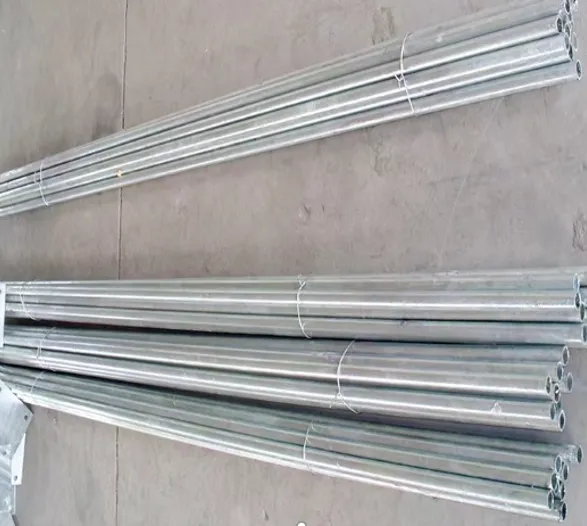loading...
- No. 9, Xingyuan South Street, Dongwaihuan Road, Zaoqiang County, Hengshui, Hebei, China
- admin@zjcomposites.com
- +86 15097380338
- Welcome to visit our website!
Exploring the Advantages and Applications of FRP Decking in Modern Construction Projects
The Benefits of FRP Decking A Modern Solution for Durable Construction
As the construction industry continues to evolve, the search for materials that combine strength, durability, and lightweight properties has led to the adoption of Fiber Reinforced Polymer (FRP) decking. This innovative material is gaining popularity in various applications, ranging from commercial buildings to residential projects, due to its unique attributes and performance advantages. In this article, we will explore the benefits of FRP decking and why it represents a modern solution for contemporary construction needs.
What is FRP Decking?
FRP decking is made from a composite material that includes a polymer matrix reinforced with fibers, usually made of glass, carbon, or aramid. This combination results in a lightweight yet sturdy product that can withstand a variety of environmental conditions. As a result, FRP decking is particularly suitable for applications where traditional materials, such as wood or concrete, might fail to deliver the required longevity and structural integrity.
Key Advantages of FRP Decking
1. Durability and Longevity
One of the standout features of FRP decking is its remarkable durability. Unlike traditional materials, FRP does not corrode, rot, or warp over time, making it an ideal choice for outdoor applications or environments where moisture and chemicals are prevalent. Its resistance to degradation ensures that structures maintain their integrity and aesthetic appeal for years with minimal maintenance.
2. Lightweight Construction
FRP decking is significantly lighter than traditional materials, which can simplify transportation and installation. This lightweight characteristic reduces the overall load on structural elements, allowing for more versatile design possibilities and minimizing the need for heavy-duty supports. Contractors often find that working with FRP requires less labor and can accelerate project timelines.
frp decking

3. Enhanced Safety Features
FRP decking often features slip-resistant surfaces, making it a safer option for public areas like walkways, bridges, and commercial spaces. Additionally, its non-conductive properties can enhance safety in applications involving electrical installations. The material's chemical resistance also contributes to a lower risk of hazardous incidents in industrial settings, where exposure to aggressive substances is common.
4. Eco-Friendly Choice
As environmental concerns become increasingly significant in construction, FRP decking provides a greener alternative. Many FRP products are recyclable, and the longevity of the material reduces the frequency of replacements, leading to less waste over time. Some manufacturers prioritize sustainable practices in their production processes, further minimizing the ecological impact.
5. Versatile Applications
The versatility of FRP decking means that it can be used in a wide range of applications. It is commonly utilized in marine environments, pedestrian bridges, walkways, and even in the construction of pools and patios. Its adaptability allows architects and builders to push the boundaries of design while ensuring that their structures meet performance requirements.
Conclusion
In conclusion, FRP decking stands out as an impressive solution for various construction needs, offering a blend of durability, lightweight properties, safety, and environmental benefits. As the industry continues to embrace innovative materials, FRP decking's unique advantages make it a compelling choice for builders and designers seeking to enhance their projects' longevity and performance. By integrating FRP decking into new constructions or renovations, stakeholders can ensure that they are utilizing one of the most advanced materials available today, ultimately paving the way for a more resilient and sustainable built environment.
-
Revolutionizing Industrial Safety with ZJ Composites' Mini Mesh GratingNewsNov.14,2025
-
Premium FRP Profiles and FRP Grating Revolution for Global WholesalersNewsNov.14,2025
-
Ultimate Strength with ZJ Composites FRP Profiles for Wholesale SuccessNewsNov.14,2025
-
ZJ Composites Covered Grating – The Durable Flooring Solution for Smarter Industrial SpacesNewsNov.14,2025
-
Mini Mesh Grating Enhancing Strength and Style in Every ProjectNewsNov.14,2025
-
FRP Pressure Vessels by ZJ CompositesNewsNov.14,2025
-
Transforming Industrial Spaces with Advanced Frp GratingNewsNov.11,2025
